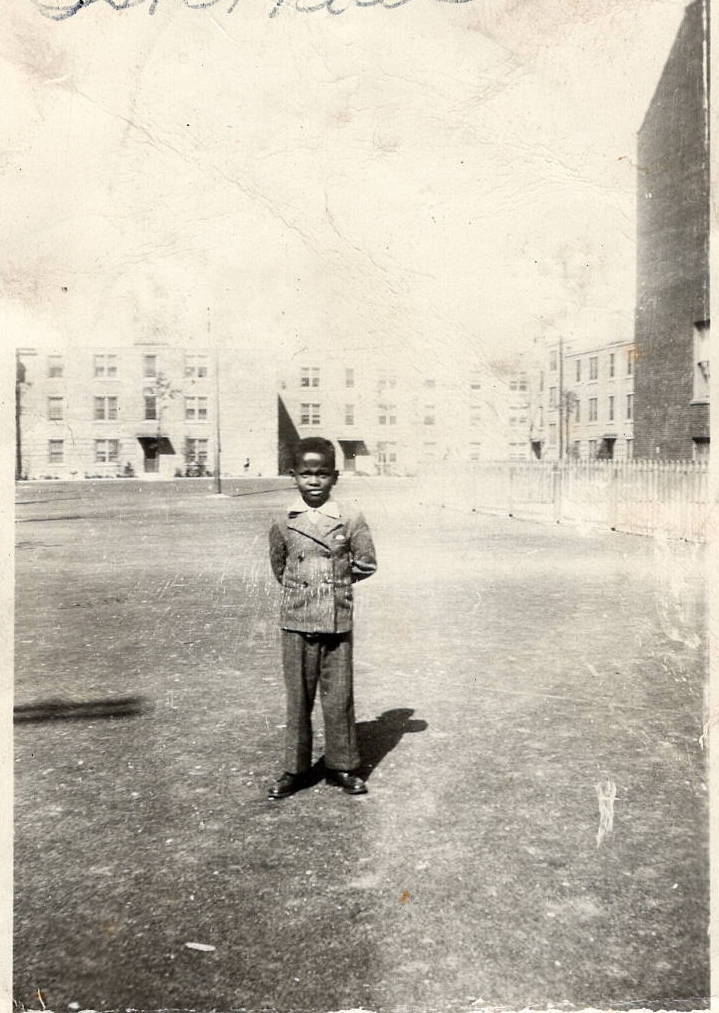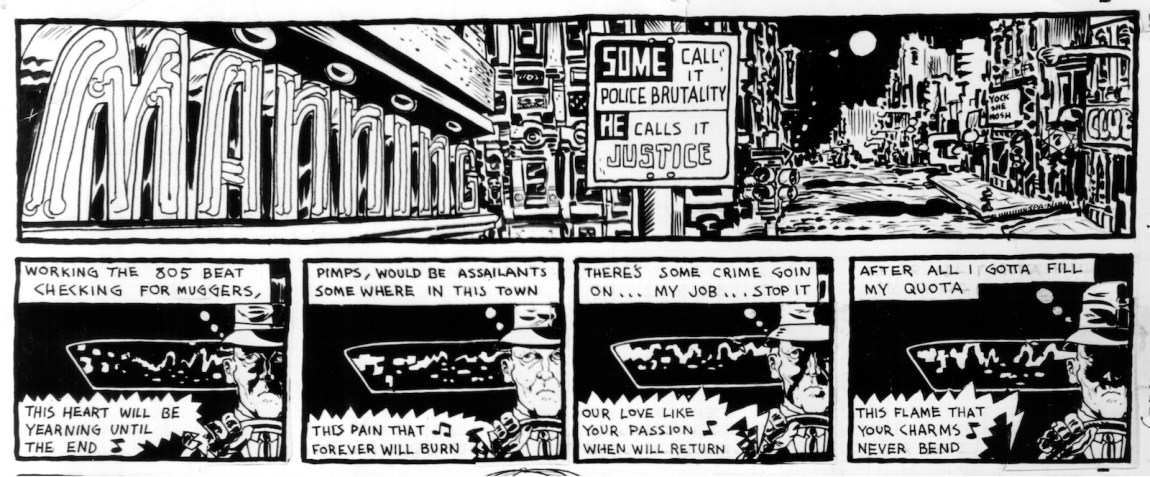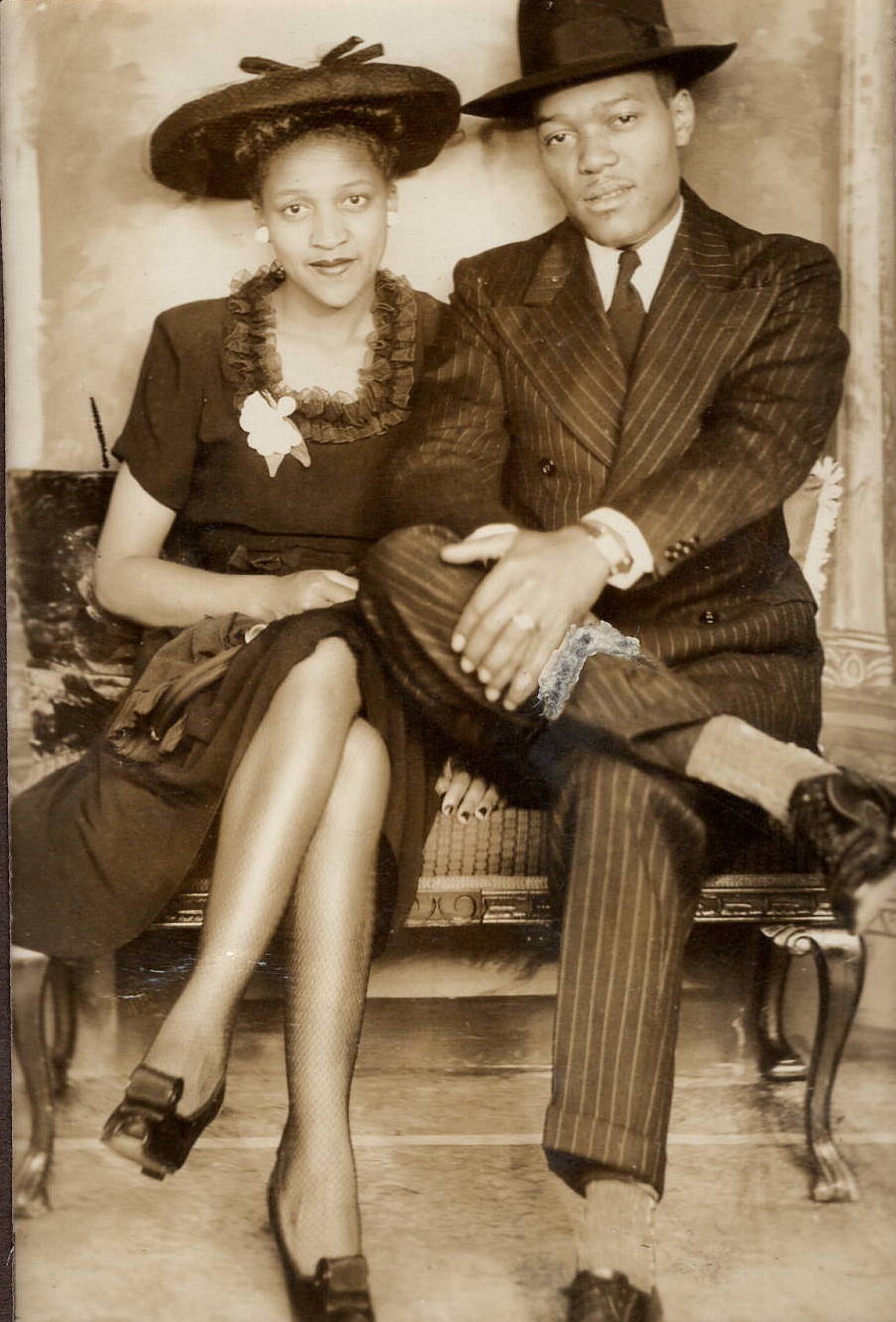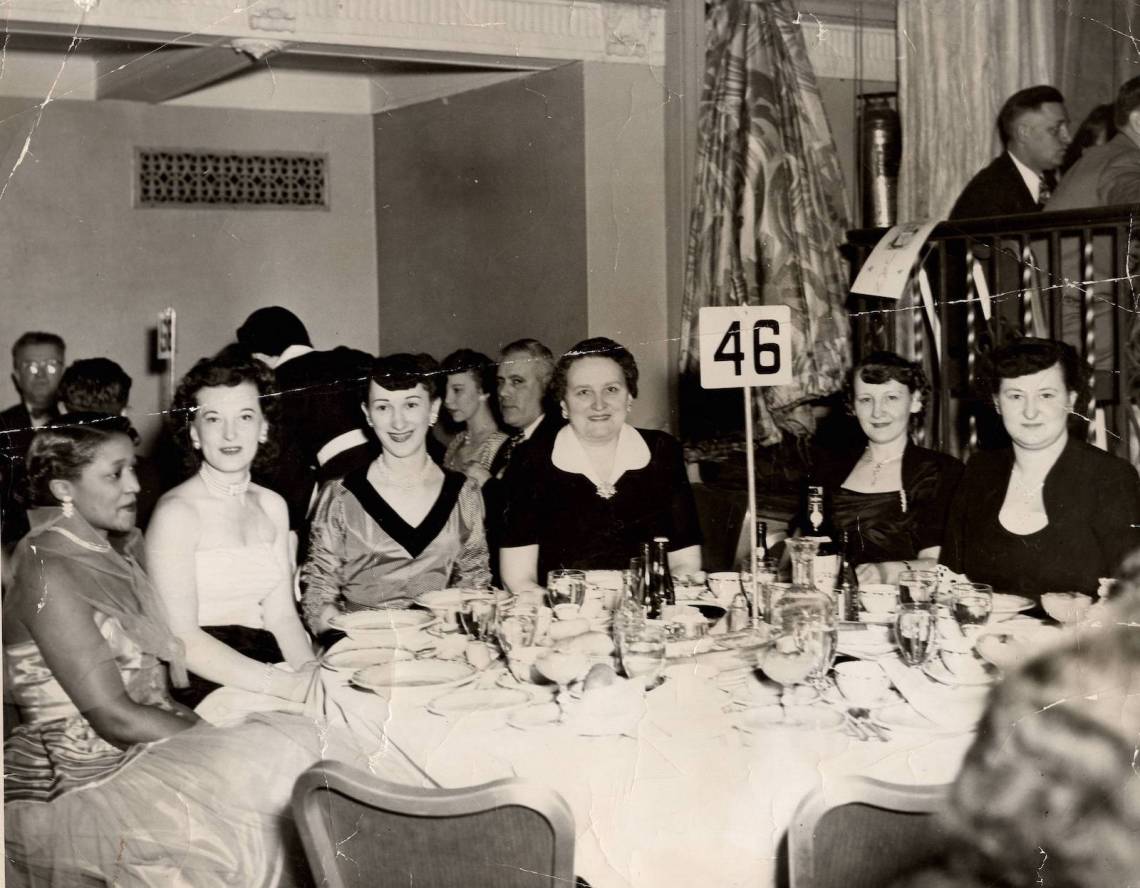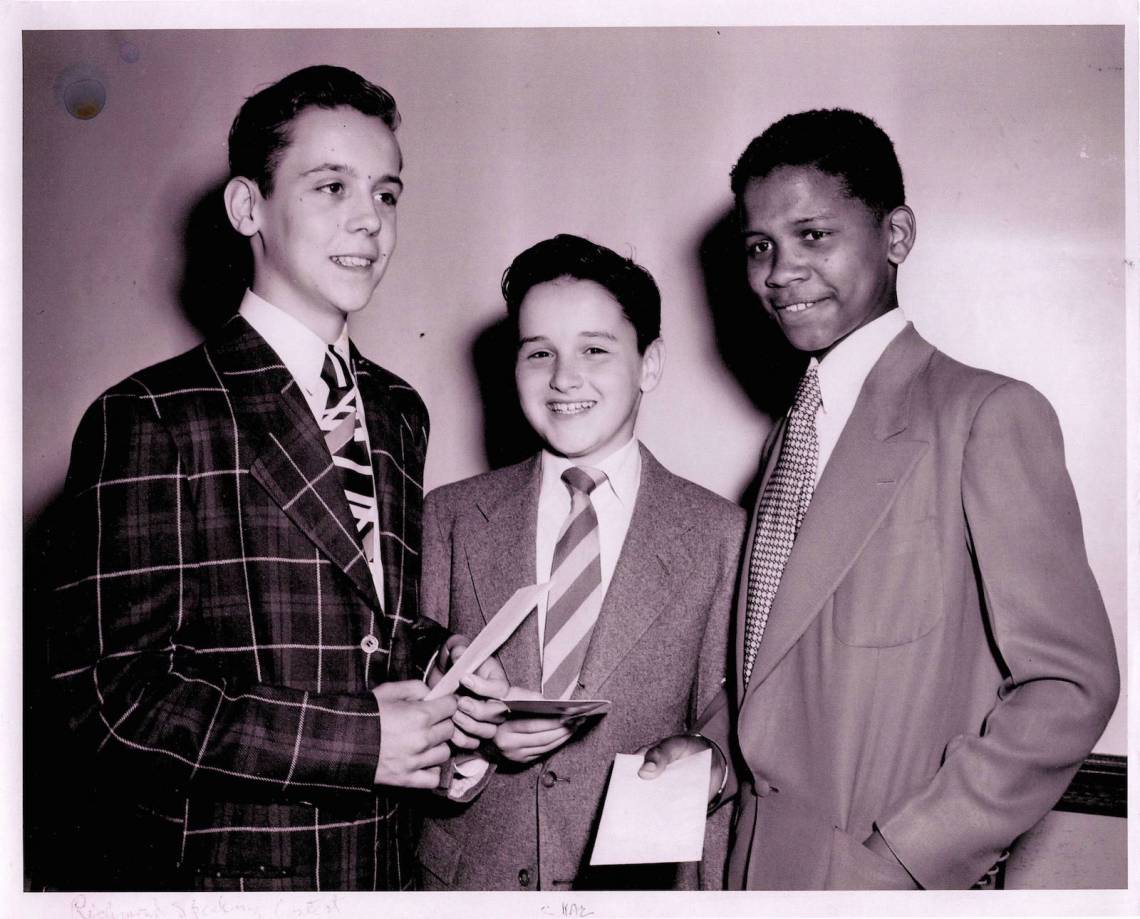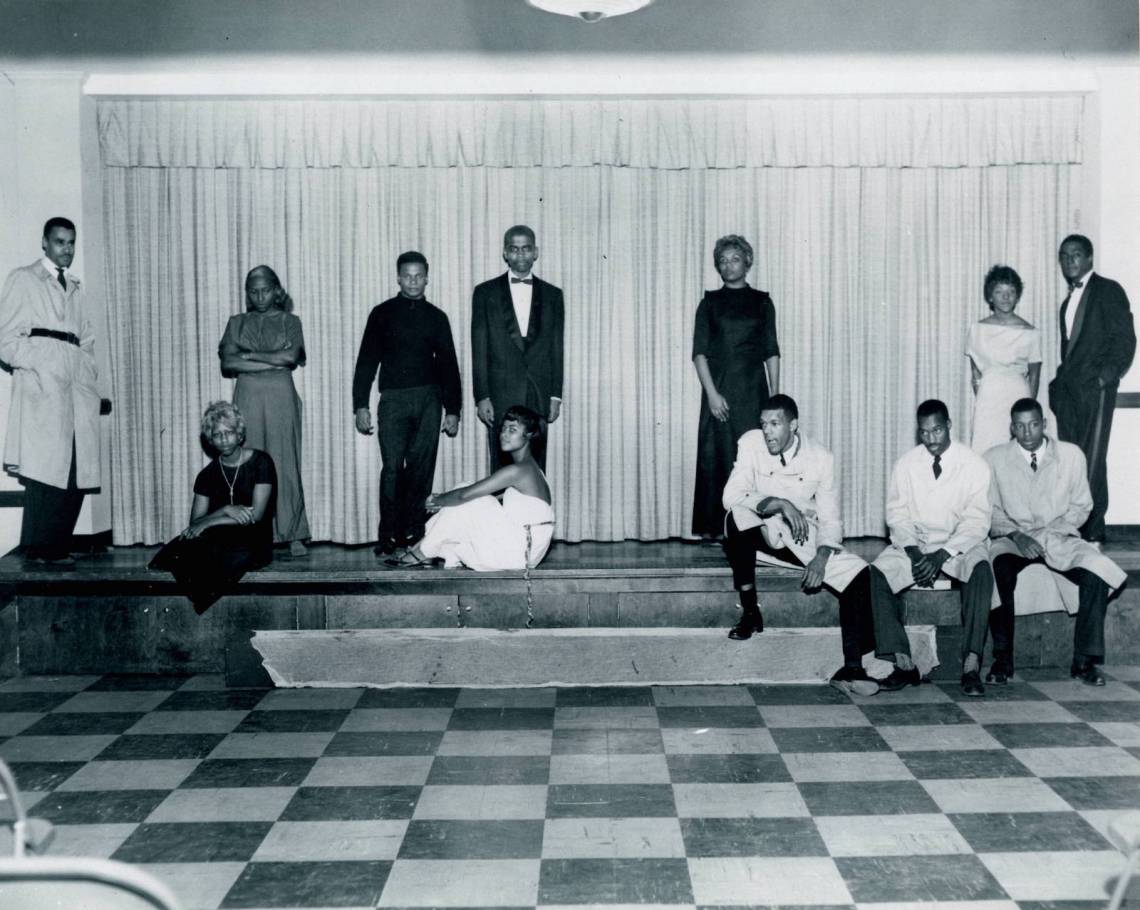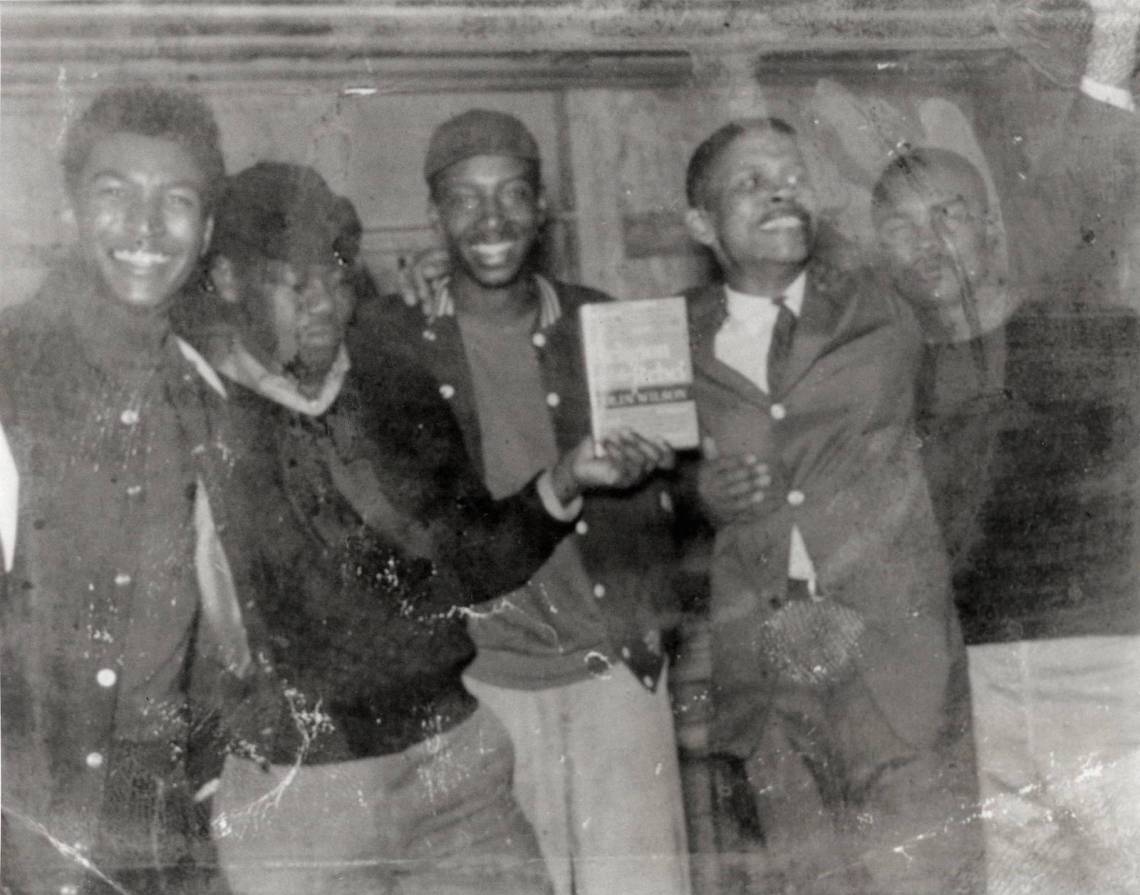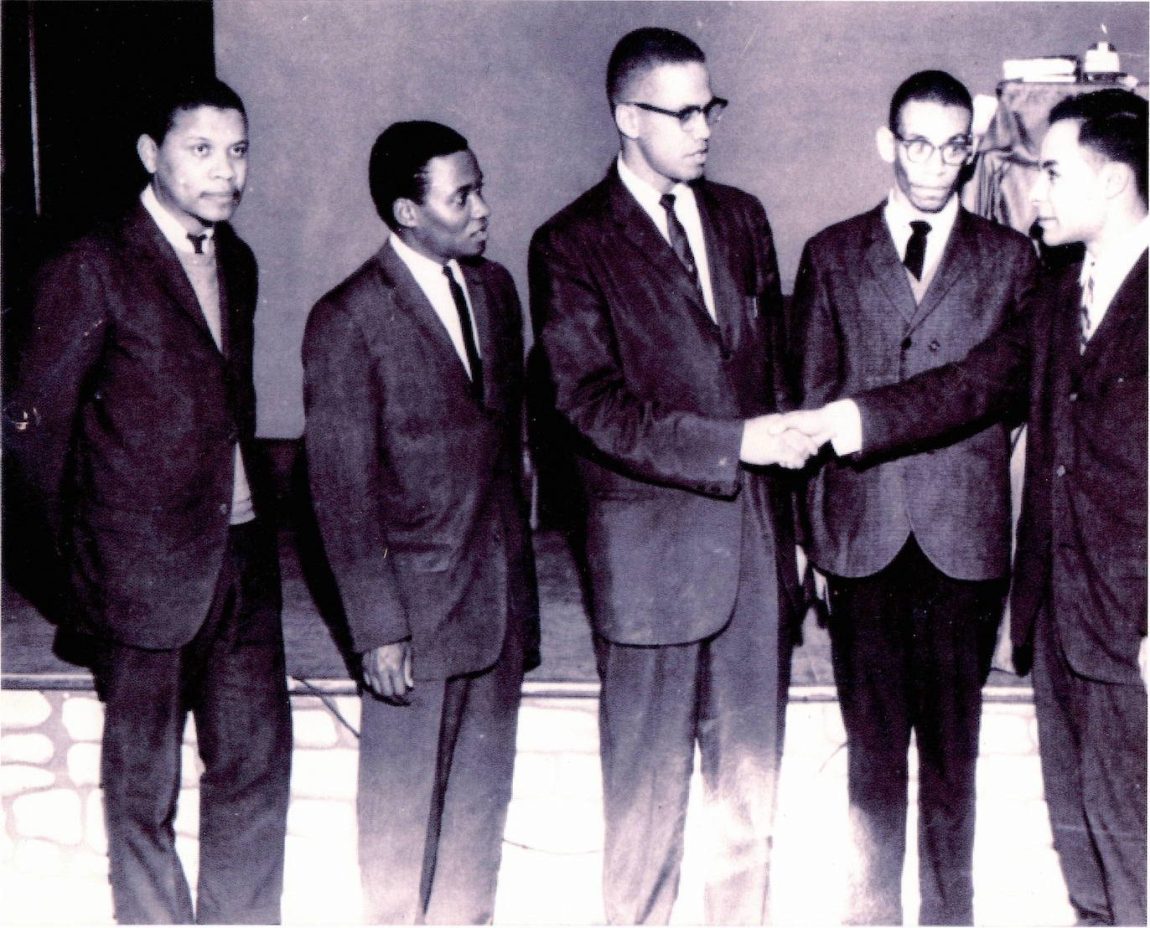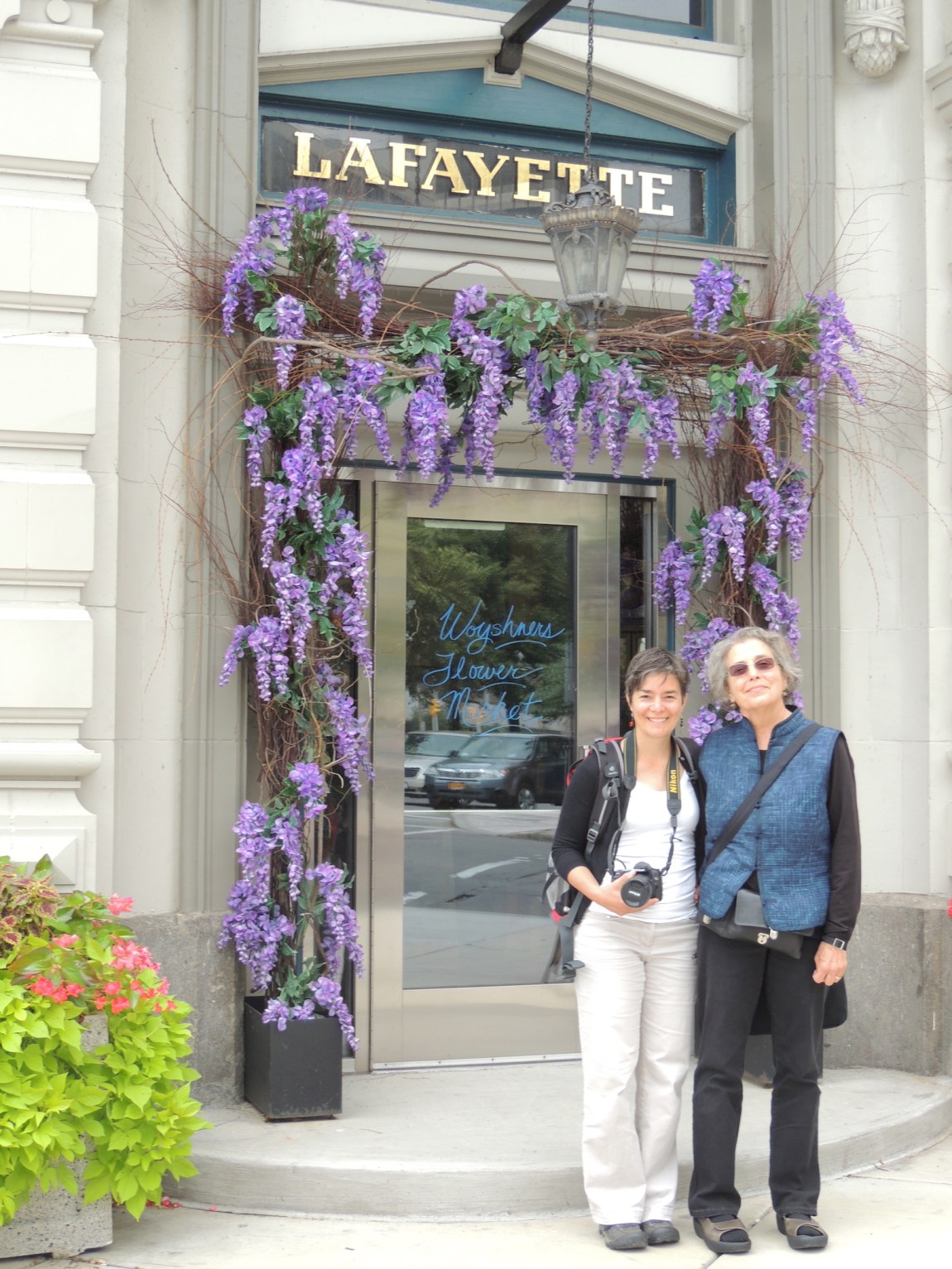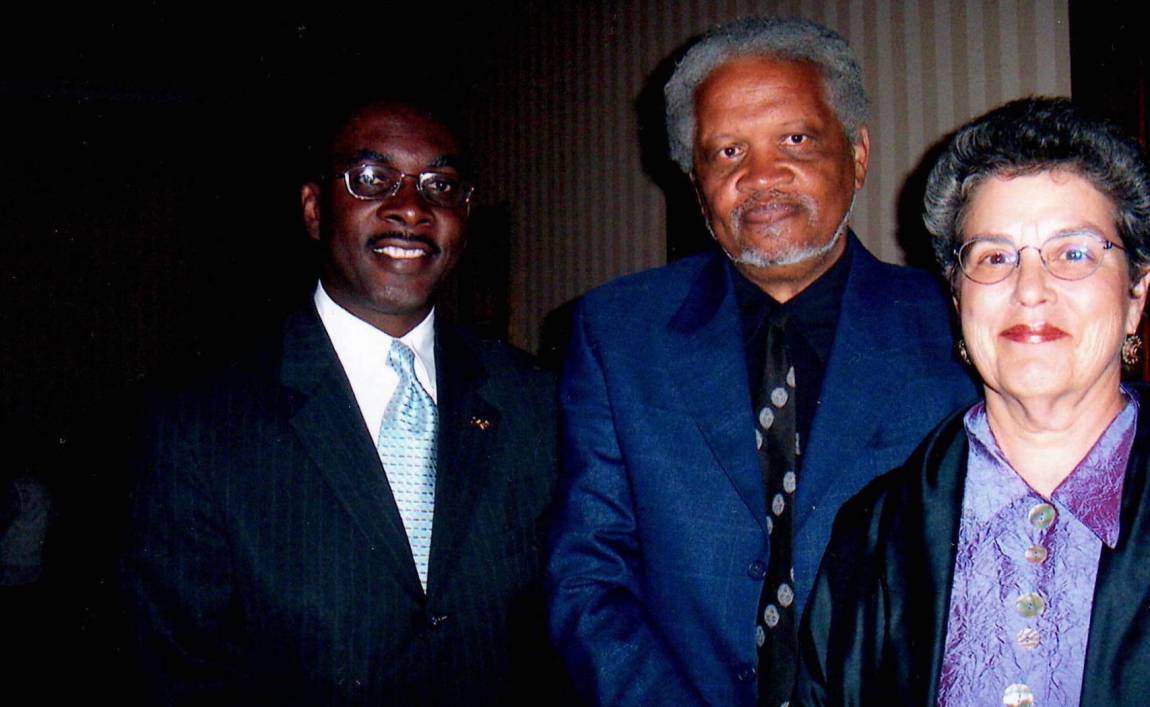Racism is not new here.
Jillian Hanesworth, The Buffalo News
Since the election of former president Donald Trump, Black Americans have flooded social media with what-ifs. What if President Obama, who caused outrage by wearing a tan suit, had agitated for an insurrection? What if Black and Brown people had stormed the capitol on January 6? Would it have taken three hours for the National Guard to show up? Would the insurgents have been allowed to go home? What if a Black man had murdered nine white worshippers? Would the police have bought him lunch? What if Black men had threatened to kidnap and harm the governor of Michigan, a white woman? Two of the white men who concocted that plot were acquitted. If Black men had aimed their rifles at federal agents in Nevada, as the Bundy ranchers did, would their case have been dismissed? What if those had been white kids under fire in Uvalde? Would the police have waited an hour to do something?
Kyle Rittenhouse killed two people in Wisconsin, was acquitted, and became famous. He took a victory lap by showing up in a bar and posing for selfies while flashing white power signals. Maybe these mass shooters, white men in their late teens and early twenties, view killing Black, Brown, Jewish, and Muslim victims as a path to celebrity. And money: Rittenhouse’s defense fund raised $2 million. His latest venture is a video game in which, according to The Washington Post, “players control Rittenhouse, who, equipped with a cartoonish orange gun, shoots turkeys labeled ‘fake news’ and ‘MSDNC.’” The white shooter who killed ten Black shoppers at a Tops Friendly Market in Buffalo on May 14 must have wagered that even if he was holding an assault weapon when he surrendered, he’d be talked to instead of shot on the spot.
The recent massacre at Tops is far from the only violence that the Black community in Buffalo has suffered. Some of that violence has been carried out by young gang members. (In 2018 a woman named Yvette Johnson and her seventeen-month-old grandson Kyrie were shot to death during a birthday party at her home.) But the gangs neither get paid by taxpayers’ money nor take an oath to serve and protect. The police, who do, have long committed acts of brutality against Black citizens.
I lived in Buffalo from the age of two or three until I left for New York City in 1962. In those days, Buffalo police treated Black people like we were inhabitants of an enemy nation. They used to burst into our homes in the projects, Willert Park Courts, anytime they felt like it. I was used to being stopped by cops on my walk home from high school. Once, at The Little Paris—a dive on Michigan Avenue where we used to go dancing in the 1950s—the police ordered that the place be emptied. A Black woman didn’t move fast enough, and a captain slapped her from the barstool to the floor. When the police and their dogs attacked a group of Black women in 1961 after accusing them of prostitution, I wrote about the incident for The Empire Star, where I also covered the integration of the schools and the lack of services in the projects where I lived after dropping out of the University of Buffalo. At one point, a Black councilman called me to his home and told me that the police wanted me to stop my reporting.
One of the most incisive comic strips created by the famed Buffalo artist Spain Rodriguez features a Buffalo detective named Manning who justifies violence: “There’s some crime goin on…My job…Stop it. After all I gotta fill my quota.” Police brutality was one of the causes of the Buffalo riots in June 1967 and of many protests since. In June 2020, after hundreds of people in Buffalo turned out to protest the killing of George Floyd in Minneapolis, members of Buffalo’s Black clergy petitioned the city’s mayor, Byron Brown, for an end to the militarization of the police. “Here in Buffalo,” they wrote, “we have struggled with several incidences where Black and Brown citizens have felt the sting of violent abuses of power at the hands of the sworn men and women of the Buffalo Police Department.” They cited “the recent trampling of a 75-year-old peaceful protester by policemen in full riot attire while others callously ignored his dire need for assistance.” I wasn’t surprised when the Buffalo activist Dominique Calhoun told a CNN correspondent that police were sharing jokes about the Tops murders on social media. Racial hatred can turn ordinary human beings into monsters.
*
My mother and my stepfather arrived in Buffalo in 1941 from Chattanooga, Tennessee. By then my mother had survived tragedies that would have discouraged many others. Her father had been murdered by a white man in 1934. In his last moments at Chattanooga’s Erlanger Hospital, he told my mother, a teenager, that he heard the doctor say, “Let that nigger die.” When I received the death certificate, it noted that he had died of shock. She was left to tend to her mother, who suffered from schizophrenia. Then, in 1938, she was abandoned by my birth father. She was stabbed during a race riot on a Knoxville bus and received $3,000 in compensation only after her employer, a white woman, demanded it on her behalf.
Advertisement
My mom and my stepfather escaped to the North, only to find that racism was a nationwide sickness. On the ground floor of the rooming house where they first lived was Dixie Drugs, the scene of a gambling operation and my first employer. I was thirteen when we moved to Cold Springs, then the city’s enclave for Black middle-class strivers like them; my stepfather had a steady job at Chevrolet’s Delavan plant, and over the decades they came to own automobiles, two homes, and fur coats. In seventh grade I got the literary bug, after reading Walt Whitman’s “O Captain! My Captain!” The following year I came in third place in the citywide, hundred-year-old Richmond Speaking Contest, which was launched by Henry Richmond, a Buffalo businessman. I chose a message, printed in The Buffalo Evening News, that American troops in Korea had asked Cardinal Francis Spellman to deliver to the nation: “Cardinal, When You Go Home.”
My mother was an early opponent of discrimination in Buffalo. Her 2003 memoir, Black Girl from Tannery Flats, was praised by both Henry Louis Gates Jr. and Cecil Brown, who thought she had preserved a vanishing style of storytelling with which Black Southerners had entertained themselves before radio. But her proudest achievements were planning a strike and a protest without union help. The protest was on behalf of Black workers in Sattler’s department store, where she campaigned against the store’s policy of assigning Black women to stock girl positions instead of sales. She became the first Black salesperson. I remember how proud she was to be invited to a birthday party for one of her new white colleagues. She commissioned me to write a poem about the occasion.
The strike was against a supervisor at the Hotel Statler, where my mother worked during World War II. “It only took me three days living in Buffalo to discover the North’s hypocrisy,” she wrote:
The Northerners claim they treat everyone the same, but they should never condemn the South because the South’s racism is out in the open and the North tries to hide theirs. The first job I had arriving in Buffalo was as a chambermaid at the Hotel Statler, now known as the Statler Hilton. We had one very nice Housekeeper, Mrs. Kendall. But after she left we got the Hitler Housekeeper. She would talk nasty to all of us because we had just arrived in Buffalo from the South. One day I was fifteen minutes late going to the cafeteria from cleaning one of the rooms, so I was taking that fifteen minutes before returning to work. She came and stood over me and said, “Get up. Your time’s over for lunch hour.” I told her, “Look, this is not slavery and I’m not going back to clean up my rooms until my time limit ends.” So when the day was over and all of us were in the locker room changing our clothes to go home, I told all the girls to do rooms tomorrow until 1:00 PM and leave the rest undone, so she would have to make up beds and vacuum before new guests could come in. It worked. That one time we blacks stood together. They had a meeting next day and wanted to know who started the work slow down. No one talked. No Toms there. We got a raise the next week.
In the years when my mother and her family lived in Cold Springs, the Black community around Jefferson Avenue—now the location of Tops—was thriving. There were restaurants, a movie theater, a library, clothing stores, record stores, a butcher shop, and other lively enterprises, many of them Black-owned. At Jefferson Avenue and Ferry Street stood the famed Pine Grill, a bar and restaurant where you could hear Erroll Garner and Jimmy Smith play. Though it was a small space, they were able to fit the Count Basie band on stage. One of the last of the iconic sites of the old Jefferson Avenue strip was Gigi’s, a soul food restaurant where I dined many times. It was gutted by fire in 2015.
Advertisement
I developed my literary skills by associating with local Black artists and intellectuals like Lucille Clifton, who became a nationally known writer after I took her poems to Langston Hughes and he published them in his anthology The Poetry of the Negro, 1746–1970. Our watering hole was Seibert’s, a bar at Jefferson and Northland Avenue. Lucille had gotten some theater experience from acting with the Howard Players at Howard University, and so when I formed the Buffalo Community Drama Workshop, Lucille chose the plays. We performed them at the Michigan Avenue YMCA, which was designed by the Black architect John Brent. She and I acted in Lorraine Hansberry’s A Raisin in The Sun. Lucille’s favorite writer at the time was Emily Dickinson.
Professors at the University of Buffalo, then an expensive private school, also encouraged my talents. When I announced to my stepfather that I was leaving Buffalo for New York City to pursue a literary career, he told me that if I couldn’t make it in Buffalo, I couldn’t make it anywhere. After receiving a book contract in 1966 for my novel The Free-Lance Pallbearers, I was slated to be the New York literary world’s next token. Instead, I struck out for California. My partner, Carla Blank, then at the height of her career as a postmodern dancer performing at Judson Memorial Church, left with me. She and Suzushi Hanayagi had just choreographed a masterpiece, Wall St. Journal, an early statement against the Vietnam War.
Carla and I have been together for over fifty years. We last shopped at Tops in 2015. I was buying supplies for my mother, who was living in a senior citizens’ home close to Humboldt Parkway.
*
It wasn’t until years after I left Buffalo, while researching what I called my “neo-slave novel,” Flight to Canada, that I discovered its rich history. The city’s first non-Indigenous occupant may have been a Black man named Joseph Hodge. Buffalo in the nineteenth century was a center of antislavery activity. In 1843 the city hosted a convention attended by stars of the movement: Frederick Douglass, Henry Highland Garnet, and the Buffalo resident William Wells Brown, whose 1853 novel Clotel; or, the President’s Daughter is still in print.
The biggest surprise of all was that A. J. Smitherman, the editor of The Empire Star, where I had worked as a teenager and again in 1962 after his death, was a hero of the 1921 Tulsa rebellion. It’s been called a riot, but it began as an uprising by armed Black men against the proposed lynching of a Black teenager, nineteen-year-old Dick Rowland, who had inadvertently bumped into a white teenage girl in an elevator. Though someone heard her scream, even she said that Rowland’s contact with her was accidental. As usual, it was the press, which continues to encourage anti-Black violence, that helped foment the riot. A mob egged on by a headline in The Tulsa Tribune—“Nab Negro for Attacking Girl in an Elevator”—gathered to lynch Rowland. Smitherman, a crusading young editor of The Tulsa Star, led an armed resistance against the lynching. A fight started. Smitherman’s account, rendered in a poem, is quite different from popular representations of the fight that cast Blacks as passive victims. They fought back:
“Stand back men, there’ll be no lynching”
Black men cried, and not in fun
Bang! Bang! Bang! three quick shots followed,
And the battle had begun.
In the fusilade that followed,
Four white lynchers kissed the dust,
Many more fell badly wounded,
Victims of their hellish lust.
The armed Black men were outgunned, and the mob burned down Smitherman’s house and publishing company—along with thirty-five city blocks in the Greenwood District, the hub of Tulsa’s affluent Black community. Smitherman and his family fled to Boston, then to Buffalo. He was a fugitive like the thousands of fugitives from slavery who had passed through the town, Buffalo being the last stop before Canada, and freedom.
I recall Smitherman as a sad, contemplative man who spent time in his office in a rundown building on Broadway near Saint Mary’s Church. He wore a Stetson hat and a brown overcoat and owned a beat-up car. He struggled to publish his newspaper. Sometimes when we drove back from the suburban printing plant he’d fall asleep at the wheel. Smitherman’s obituary in The Buffalo News noted that he “struggled against adversity.” They had that right.
A time came when Smitherman couldn’t pay me. He asked me to make the sacrifice. If I’d known that he was an important historical figure, I would have stayed on. I should have taken a hint from the number of notable citizens who visited him, including Reverend J. Edward Nash, pastor of the Michigan Avenue Baptist Church, which had been a stop on the Underground Railroad. But I knew little about Black history and Smitherman’s place in it, because our school’s mission was to convert us into facsimile Anglos. I quit.
*
Black Americans have noticed that white backlash occurs whenever they are making progress. At a discussion sponsored by the Buffalo Urban League on December 14, 1961, I debated the white politician James Griffin, who was councilman-at-large-elect in a largely Black district. I said that he didn’t understand the Black experience and that a Black councilman should have been elected. He replied that as long as he could create jobs, race didn’t matter. Yet when he became mayor it was his ethnic group, Irish-Americans, to whom he gave the choice jobs and appointments.
I was twenty-three at the time, but from his comments that night, I figured out the direction he was headed. In the 1970s, when Black politicians such as Delmar Mitchell, George K. Arthur, and Assemblyman Arthur O. Eve were on the rise, Griffin saw an opportunity and played to the fears of the white working class. He was elected mayor in 1977, defeating Eve, the Democratic nominee. He went on to serve four terms, the next sixteen years. “He by and large gave the back of his hand to the black community,” a white Buffalo resident told the scholar Diana Dillaway, “and didn’t depend upon them for votes.”
In her scathing study Power Failure: Politics, Patronage, and the Economic Future of Buffalo, New York (2006), Dillaway describes blunder after blunder wrought by the city’s white leadership, including the “Group of Eighteen” that emerged in the 1970s from the city’s new business elite. That group’s “master plan” for the city, she shows, failed to “include a plan for neighborhood development.” By the 1990s the Group of Eighteen had been replaced by more recent arrivals. Byron Brown, who came from Queens, was sworn in for the first of his four mayoral terms in 2006. In 2008 The Buffalo News reported that he was “refusing to comment on his Police Department’s decision to withhold basic crime information from the public.”
“The city’s racial divide left black professionals, entrepreneurs, and workers to fend for themselves,” Dillaway writes. “Politically, the African American community remained outside the patronage systems of the Italian, Irish, and Polish mayors. Other isolating factors included segregated schools and the inability to move into white neighborhoods.” In the 1960s, in one episode of unity, Blacks and whites joined in an effort to boost Buffalo’s economy by building the University at Buffalo’s promised second campus on the city’s downtown waterfront. In Dillaway’s account, an unnamed banker helped nix the project out of fear that the university would attract “New York radicals and people of color” to the city. The second campus was eventually built in the nearby town of Amherst. I don’t know whether this was the same banker next to whom I sat on a flight from New York to Buffalo; I was going to ask him how he had acquired one of the world’s finest modern art collections, but he downed a double vodka and went to sleep. It was 10 AM.
It was my wife’s research for her book about Louise Blanchard Bethune, the first American woman to work as a professional architect, that showed me another side of the city. Her conversation with the late Robert Coles, an esteemed Black architect, helped me appreciate Buffalo’s contribution to American architecture. You could rope off everything from High Street to the waterfront and declare it a national landmark. Martin Luther King, Jr. Park was designed by Frederick Law Olmsted and his partner Calvert Vaux in 1868; Bethune’s masterpiece, the Hotel Lafayette, opened downtown in the early twentieth century; the city hall is an Art Deco masterpiece by George J. Dietel, John J. Wade, and Sullivan W. Jones; buildings designed by Louis Sullivan and Daniel Burnham grace the city’s skyline. Buffalo boasts two homes by Frank Lloyd Wright. Despite protests, his Larkin building was demolished in 1950, a cultural crime. A building where Abraham Lincoln attended church services still stands downtown. Even the Willert Park Courts, now slated for demolition, were singled out by the National Trust for Historic Preservation for their WPA bas-reliefs. Accompanying Carla to see some of the houses Bethune designed in the city, I was reluctant to leave the car. If you dared to enter these neighborhoods in the 1950s, you’d be assaulted by the residents. I realized how segregated our life in Buffalo had been.
*
The Buffalo I knew no longer exists. Since the 1950s, the city’s economy and population have suffered a steep decline. The manufacturing industries waned: many observers said that Buffalo would never recover when commerce brought by the Erie Canal shifted to the St. Lawrence Seaway and big steel abandoned the city, taking thousands of jobs. In the 1950s and 1960s, the construction of the Kensington Expressway cleaved neighborhoods in the city’s predominantly Black East Side.
In a bizarre variation of the “great replacement” theory professed by the Tops shooter, the city’s business elite has long seemed intent on transferring Buffalo’s population and infrastructure to white suburbs like Amherst. Of the $179 million the Brown administration invested in the East Side between 2006 and 2016, a third went to demolitions—more than any other activity. They never built the affordable housing they had planned; the once thriving commercial center off Jefferson Avenue now resembles farmland. “Some very powerful people apparently want Buffalo to die,” a Black observer told Dillaway. “The university goes out to a flood plain. The medical school follows, breaking its promises. The Chamber of Commerce wants to run the stadium out of the city. And now the state and county want to strip a badly needed hospital from us.”
In 1990 researchers at the University at Buffalo published what they called “the most comprehensive study ever conducted of Buffalo’s black community.” Thirty-one years later, the authors of a follow-up report found that problems on the East Side—rent gouging, “substandard rental housing,” poor sidewalk infrastructure, low wages, high unemployment, demolition on residential lots—persist and in some cases are getting worse.1 The study concluded that city leaders “never developed a comprehensive action plan based on the root problems facing Black Buffalo” outlined in the 1990 report.
On my last visit to Buffalo in 2015, I noticed Carl Paladino’s campaign signs for reelection to the school board on Main Street. Paladino, a Republican real-estate developer, thought that e-mails depicting President Obama as a pimp and Michelle Obama as a prostitute were funny; his joke about Obama’s inauguration was a photo of “African tribesmen” dancing. Such trashy humor would embarrass Tucker Carlson, but Paladino is a powerful player in Buffalo. Even after the fracas over his racist remarks and subsequent removal by the State Education Department, he “remains a well-connected member of the local establishment,” Stephen T. Watson and Charlie Specht recently wrote in The Buffalo News. In 2021 the Erie County Republican Committee gave him its Jack Kemp Leadership Award, which might be considered an insult to Kemp, a moderate Republican who sought coalitions with Black leaders. In an interview the same year, Paladino praised Adolf Hitler as “the kind of leader we need today.” It was Paladino who suggested that Brown run as a write-in candidate after he was defeated in the primary by the Black socialist India Walton.
Paladino’s crude form of racism persists in Buffalo, Watson and Specht write, from Confederate flags in the suburbs to the persistent effects of redlining. Timothy McVeigh, the terrorist behind the Oklahoma City bombing, lived in the Buffalo suburbs. Like the Tops assassin, he was obsessed with race-mixing and guided by a white nationalist manifesto, the novel The Turner Diaries, which argues that whites must arm themselves to stave off a Black uprising manipulated by Jews. It ends with the genocide of Blacks and Jews by white guerillas.
*
Is there hope for Buffalo? Based on the testimonies I heard in the aftermath of the Tops shooting, the Black church is still strong. The church I attended growing up, St. Luke, was a chapter of the AME Zion Church, that of Harriet Tubman. Known as “the Freedom Church,” AME Zion broke away from the white Methodist church between the late eighteenth and early nineteenth centuries because of discrimination.
Many members of my younger brothers’ generation couldn’t wait around for Buffalo to get it together. Having found Northern racism intractable, they became part of a reverse migration to the South. They lead prosperous lives in Tennessee, the state my stepfather and mother couldn’t wait to escape. Celes Tisdale, who I’ve known since we grew up together in Willert Park Courts, moved south in 2017. An English professor for many years, he’s proudest of the time he spent teaching at Attica Prison in the 1970s.2 In 2017 he moved to Augusta, Georgia, a town that at one time Blacks associated with lynchings and the Klan. But he’d seen Buffalo become, in his view, one of the poorest and most racist cities in the nation, where people are confined to ethnic enclaves: Irish, Polish, German, Italian, and Black. This year, the San Francisco Chronicle reported that Atlanta has become a destination for Black Bay Area residents who’ve been priced out of the city by techies. The South is hardly the new promised land, but some southern cities like Atlanta have at least found that a diverse leadership is good for business. That might be good advice to the elite that runs Buffalo.
On July 5 I spoke with Al-Nisa Banks, who with her daughters publishes one of western New York’s most distinctive newspapers, The Buffalo Challenger, founded in 1963. I asked her to name some of the powerful Buffalo players who succeeded the Eighteen. She mentioned the real estate developer Douglas Jemal, who, according to a Buffalo News report, “burst onto Buffalo’s development scene more than four years ago with the purchase of the then-vacant One Seneca tower.” Since then, his projects have included “the former Buffalo Police headquarters, the Hyatt Regency Buffalo and a proposal to build a nine-story building on a vacant lot encircled by a highway off-ramp.” In 2006, Jemal was convicted of wire fraud. President Trump gave him a full pardon.
Buffalo has been counted out before, but its heart is still beating. Like my mother, who lived for years with a pacemaker in her chest, the city just needs a jolt from time to time. Explaining her optimism about Buffalo’s future, Banks cited an emerging group of young Black leaders, including Walton, who won the Democratic primary for mayor only to lose to Brown thanks to the same coalition of affluent and working-class whites that defeated Arthur Eve and elected Griffin in 1977. Banks is heartened by the rumor that Walton may be considering a political comeback. She also mentioned Buffalo’s poet laureate, Jillian Hanesworth, and the activist Myles Carter, who ran for sheriff of Erie County in 2021 after making the news the previous year for being tackled by the police during a Black Lives Matter demonstration. Mayor Brown called him a “major instigator” and an “agitator.”
Buffalo is at a crossroads. Which path will it take? That of Millard Fillmore, the first chancellor of the University of Buffalo, who signed the Fugitive Slave Act and ran for president in 1856 as a member of the Know-Nothing Party, an early version of the Proud Boys? Or the path provided by A. J. Smitherman, who lost everything on behalf of human rights?


